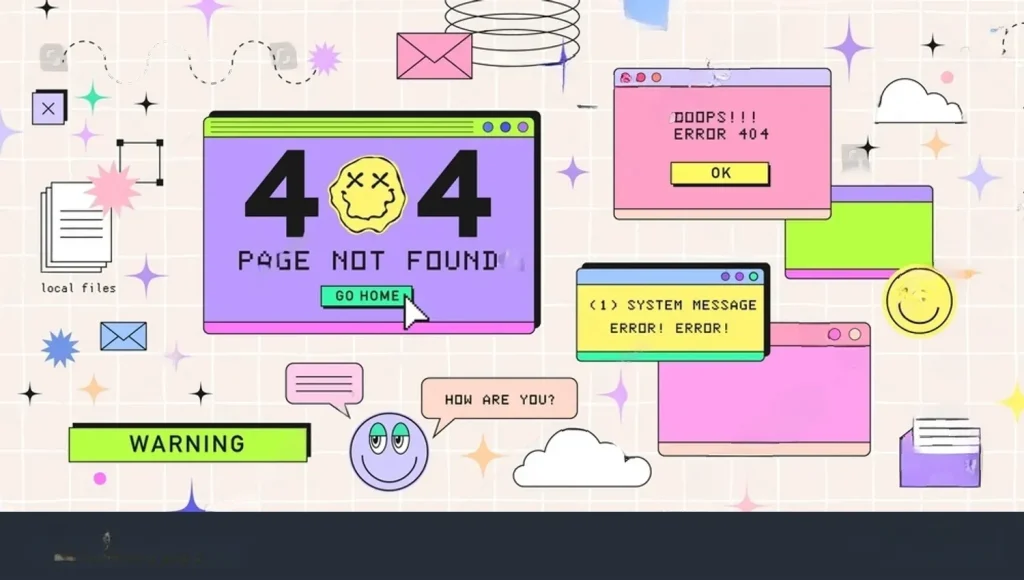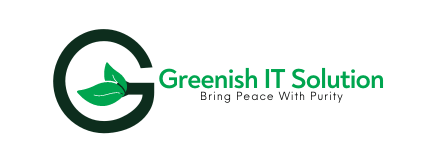In a world where digital presence defines business credibility, creating a secure business website isn’t just a luxury—it’s a necessity. Every small business owner, freelancer, and web developer must recognize that cyberattacks are not mere threats but genuine risks that can disrupt operations, compromise sensitive data, and tarnish reputations. From e-commerce platforms to corporate websites, ensuring robust website security best practices is paramount.
Building a secure business website is an investment in your organization’s long-term success. It ensures that your business remains trustworthy and resilient against cyber threats. In this guide, we explore five key elements that can transform your website into a secure digital fortress.
1. Website Security Best Practices: Secure Communication with SSL Certificates for Business Websites
In the realm of website security, SSL certificates are a foundational element. These certificates encrypt data exchanged between a user’s browser and your server, safeguarding sensitive information from prying eyes. Without an SSL certificate for business websites, data such as credit card details and passwords remain vulnerable to interception.
SSL encryption is vital for various reasons. Firstly, it provides visual assurance to users through “HTTPS” and a padlock symbol next to your URL, bolstering trust and security perception. Secondly, it enhances your website’s SEO ranking, as secure sites are favored by search engines like Google. Thirdly, SSL encryption guards against man-in-the-middle attacks, where hackers intercept communications between users and websites.
To ensure the effectiveness of SSL, consider these best practices. Always purchase your SSL certificate from a reputable Certificate Authority (CA). Opt for higher-level encryption, such as 256-bit, to fortify data protection. Finally, regularly update and renew your SSL certificate to maintain continuous security.

2. Secure Website Hosting and Regular Backups for Business Website Security
Choosing the right hosting provider is crucial to maintaining a secure business website. A secure hosting environment offers multiple layers of defense against potential threats. A poor hosting choice can leave your site exposed to risks such as Distributed Denial of Service (DDoS) attacks or malware infections.
When selecting a hosting provider, prioritize those with robust built-in security features. These include firewalls, malware scanning, DDoS protection, and secure file transfer protocols (SFTP). Additionally, regular backups of your website are essential. Backups act as a fail-safe mechanism; if your website is compromised, you can restore it quickly, minimizing downtime. Whether you choose manual or automatic backups, schedule daily backups for optimal protection.
Adopt these best practices to fortify your hosting and backup strategies. Choose a hosting provider that offers 24/7 monitoring and secure server environments. Store backups in a secure, off-site location to safeguard against data loss during attacks. Regularly test your backup restoration process to ensure seamless data recovery when needed.
3. Strong Authentication and Access Control: Business Website Security Tips
Weak login credentials are a common gateway for hackers. To protect your business, it’s essential to implement strong authentication methods for administrators and users. These measures fortify login areas and administrative panels against unauthorized access.
Key elements of strong authentication include enforcing robust password policies. Ensure that passwords are at least 12 characters long, incorporating letters, numbers, and special characters. Implement Multi-factor Authentication (MFA) for an additional security layer, requiring users to verify their identity using both a password and a secondary method, such as a mobile app or SMS code. Role-Based Access Control (RBAC) further enhances security by granting users access only to the resources necessary for their roles.
To bolster authentication, regularly update passwords and prevent users from reusing passwords across accounts. Implement MFA for all admin and user accounts, particularly those handling financial or customer data. Conduct periodic reviews of user roles and permissions, removing access for individuals who no longer require it.
4. Regular Software Updates and Patching: Crucial Website Security Solutions
Updating your website’s software is a non-negotiable aspect of security. Content Management Systems (CMS), themes, and plugins are frequently updated to address vulnerabilities and bugs. Neglecting updates leaves your site exposed to known vulnerabilities that hackers exploit.
Regular updates are indispensable for several reasons. Hackers constantly target outdated software to gain entry to vulnerable sites. Keeping your CMS and plugins current prevents such exploits. Platforms like WordPress and Joomla routinely release updates to enhance security and functionality.
Adhere to these best practices for updates and patching. Enable automatic updates for core software and security patches wherever possible. Conduct manual checks for plugin and theme updates, especially for those that lack regular updates. Utilize a staging environment to test updates before applying them to your live site, preventing compatibility issues.
5. Web Application Firewalls (WAF) and Malware Scanning: Ensuring a Secure Business Website
A Web Application Firewall (WAF) acts as a digital sentinel, filtering and monitoring incoming traffic to block malicious requests. This added layer of security guards against cyberattacks, including SQL injections, cross-site scripting (XSS), and DDoS attacks.
WAFs offer significant benefits by scrutinizing all incoming traffic, blocking suspicious actions before they reach your website. This is particularly crucial for sites handling sensitive data or heavy traffic. Additionally, regular malware scanning is vital for identifying any malicious software infiltrating your site. Undetected malware can cause extensive damage, leading to data theft or blacklisting by search engines.
Implement these best practices for WAF and malware scanning. Select a WAF solution that integrates seamlessly with your hosting provider or CMS. Schedule daily or weekly malware scans to detect and remove harmful code promptly. Configure notifications for any suspicious activity flagged by the firewall or malware scanner.
Building a Secure Future
Creating a secure business website extends beyond aesthetics; it’s about fostering a safe environment for customer interactions. By focusing on key elements like SSL certificates, secure hosting, strong authentication, regular updates, and web application firewalls, you pave the way for a secure, reliable, and trusted website.
Investing in website security not only safeguards your business, but also builds customer confidence. This assurance is a vital component of growing your online presence without fear of cyber threats. At Greenish IT Solution, we specialize in comprehensive website security solutions tailored to your unique business needs. Reach out to us today for a consultation and take the first step toward a secure digital future.
